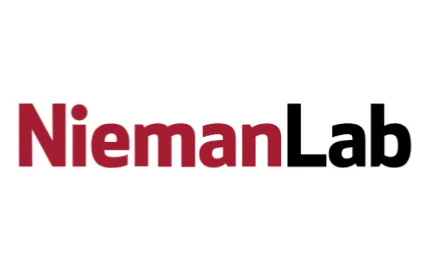4 Ways to Fund — and Save — Local Journalism

“Local news and information provide a first-warning system, but they are also a connective tissue,” says Tim Franklin, senior associate dean at Northwestern University’s Medill journalism school and head of the Medill Local News Initiative. “We’re in self-isolation and quarantine. The ability to have an entity that is looking at your neighbors and local officials and describing to you how they’re doing is vital to mental health, not just physical health.”
The argument that journalism is an essential public service, that access to fact-based information is a human right, vital to civil society and public health, is gaining traction. How can that translate into a more sustainable financial future for journalism, especially at the local level and in the country’s most vulnerable communities?
There is a rich array of proposals in discussion — from antitrust and IRS reform to licensing fees for news content, subsidized vouchers for readers to increased unionization, among many other ideas — including some that deserve serious consideration and yet are beyond the scope of this article. In conversation with more than two dozen journalists, researchers, and industry leaders across a wide range of news models, Nieman Reports examined four broad categories of support — monetization, philanthropy, taxing tech platforms, and public funding.
Study: Private equity firms buying newspapers cut local news
Vulture capitalists are circling my old newspaper. Here’s why we need to fight them off.
How the Local News Crisis Affects Coverage of COVID and Climate – and Vice Versa

